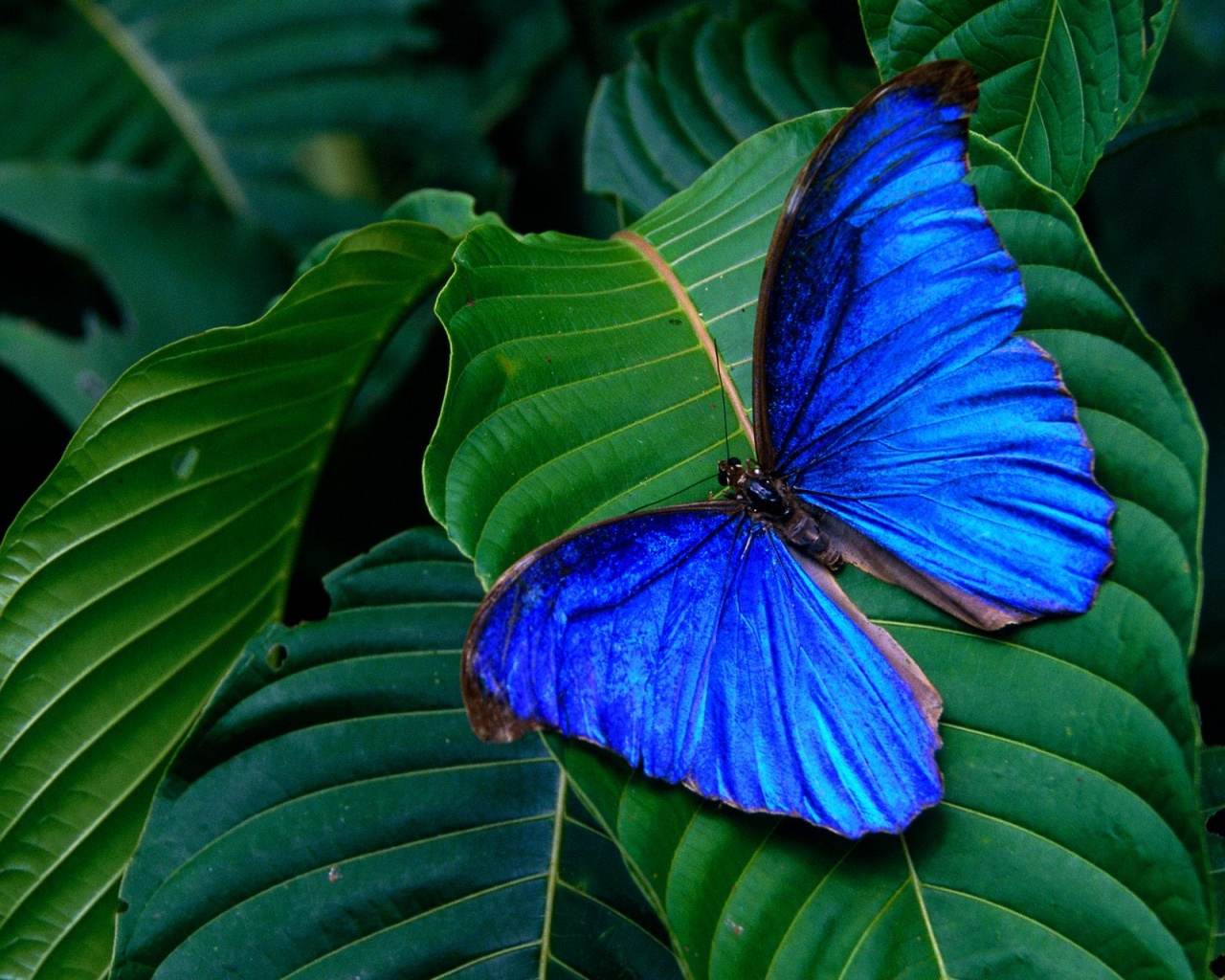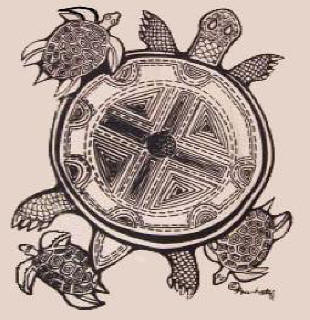 |
LITR 4231 Early American
Literature Research Posts 2014 (research post assignment) Research Post 1 |
 |
Brenda Trejo
Not
so Different after All
I
knew that Native Indians lived in Texas many years ago, but not that that they
lived in Galveston, until reading Cabeza de Vaca’s “La Relacion.” For the first
time I realized I was so close to the place where the Karankawas lived, and it
made me feel so nostalgic. This place once was used for the survival of this
tribe. The Karankawas found a way of life that differs from today. This is why I
decided to seek out more information on their tribe. Now Galveston is a popular
place to go to relax and enjoy spending time with our family and friends. We
still go and eat there but luckily we do not have to hunt or gather our food.
Their language seems to be the most interesting: “their language was the most
peculiar jargon of gutteral sounds” (Duval). This made it complicated to
understand. These are some of the words in the Karankawa language: “hoko—alligator,
doatn—-deer, gai—bow, denoa—arrow, kudn—bear,
Kwatch—fire, silakayi—knife, kaita—laugh, da—oyster,
antilock—turtle, and gille—water” (Moore); these are some
important words that they used.
They made their own pottery, which was unable to hold water well, so their
pottery would be “lined with asphaltum, a natural tar substance found on Gulf
Coast beaches” (Lipscomb). For weaponry they used bows and arrows, which were as
tall as the Karankawa men around 6ft. These weapons were very helpful when they
would fish.
The Karankawa women were “average height and handsome” (Austin). The women wore
grass skirts. They also were tattooed from head to toe just like the men. The
Karankawa kids were often naked because of the weather. To protect themselves
from insect bites they would rub animal grease all over their bodies to use as a
repellant. The Karankawas were “tall and tattooed, pierced the nipples of each
breast and the lower lip with small pieces of cane” (Lipscomb).
The Karankawa practiced their skills for hunting, fishing and food, which
allowed them to be able to provide for their family. The climate had a big part
in their diet which made them “nomadic people who migrated seasonally” (Moore).
In the winter they would move closer to water; “their trusty bow never failed to
capture a fish” (Gatschet). They could eat fish, oysters, and clams because they
were safer to eat during the cold months. In the summer they survived from these
animals: deer, bison, javelina, antelope, bear, alligators, rabbits, turtles,
and turkeys. They also gathered berries and roots that they had to collect from
the shallow water area.
The Karankawa men were capable of sustaining their families with little
problems, that is until they were invaded with outsiders and their numbers
dwindle. They fought and lost many of their warriors, because their weaponry was
not powerful enough to win and survive. They used a type of rock called “flint”
(Moore) that was used as a weapon.
The Karankawa were extinct by 1860 due to the many “diseases they contracted
form the Europeans” (Layman).
Works Cited
Austin, Stephen F... N.p.. Web. 25 Mar 2014. <http://calhouncountymuseum.org/?page_id=86>.
Duval, J. C... N.p.. Web. 25 Mar 2014.
http://www.stxmaps.com/go/karankawa-tribe-near-goliad.html
Gatschet, Albert.. N.p.. Web. 25 Mar 2014.
http://www.stxmaps.com/go/karankawa-fishermen.html
Layman, George. “Warriors and Chiefs.”
Wild West 19.2 Aug. 2006:
14-20.
Lipscomb, Carol. "KARANKAWA INDIANS,"
Handbook of Texas Online (http://www.tshaonline.org/handbook/online/articles/bmk05),
accessed March 25, 2014
Moore, E.. N.p.. Web. 25 Mar 2014.
http://www.texasindians.com/karankf.htm.
|
|
|
|


